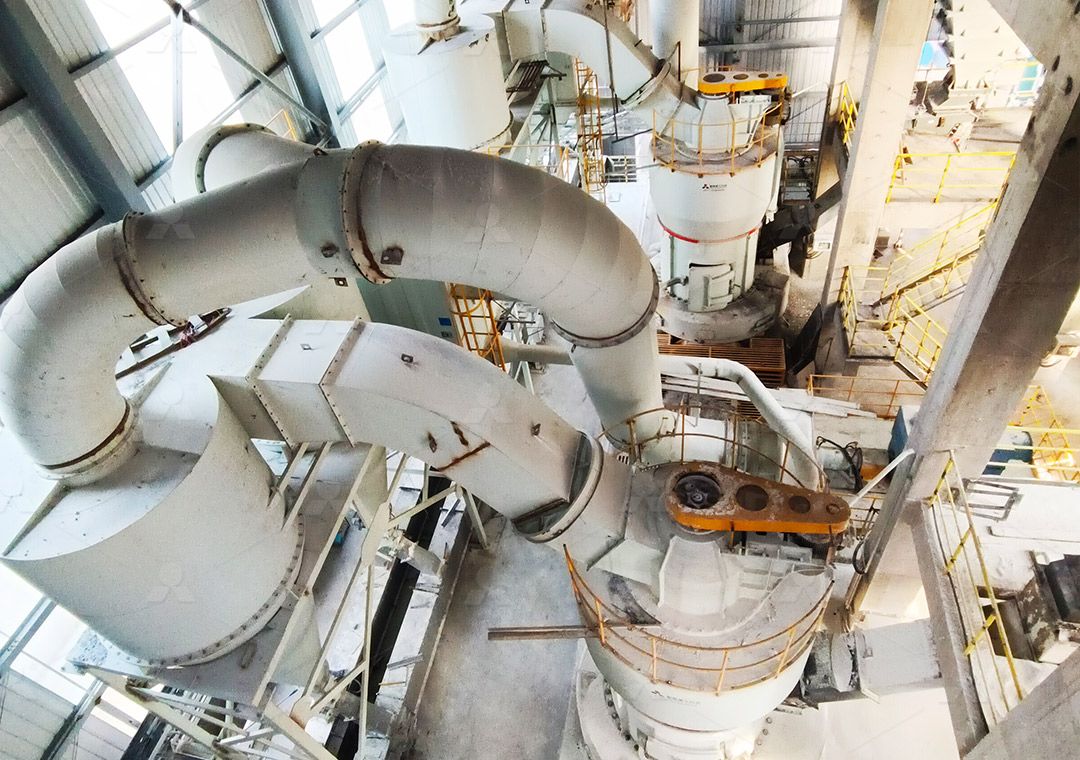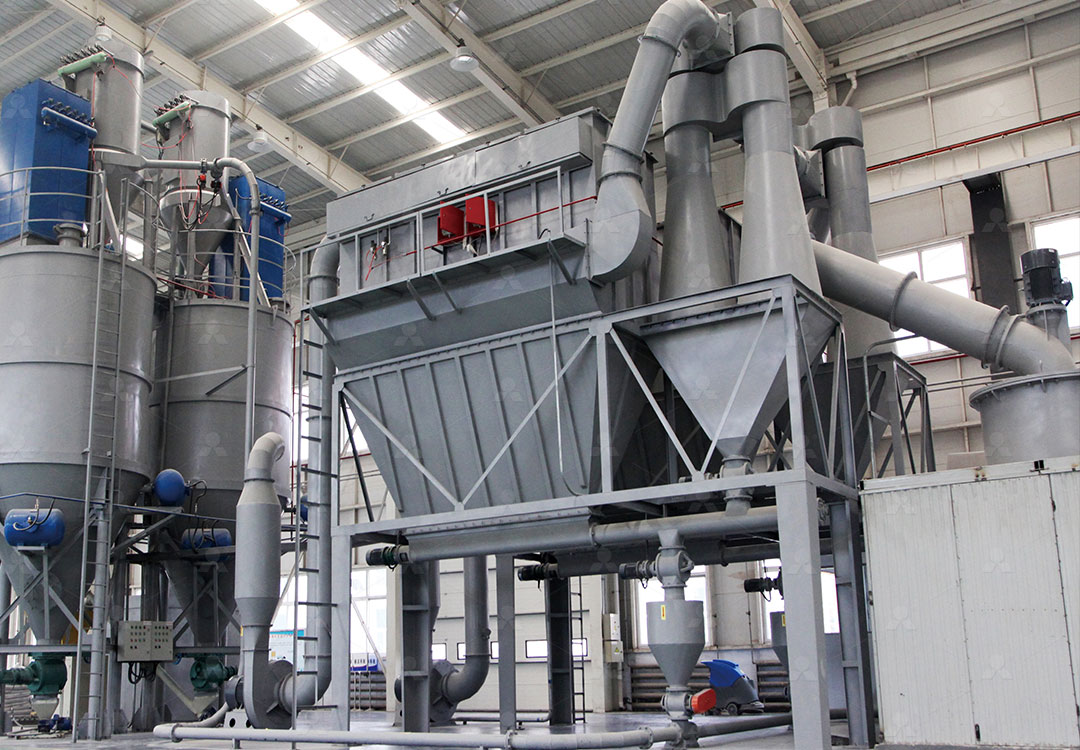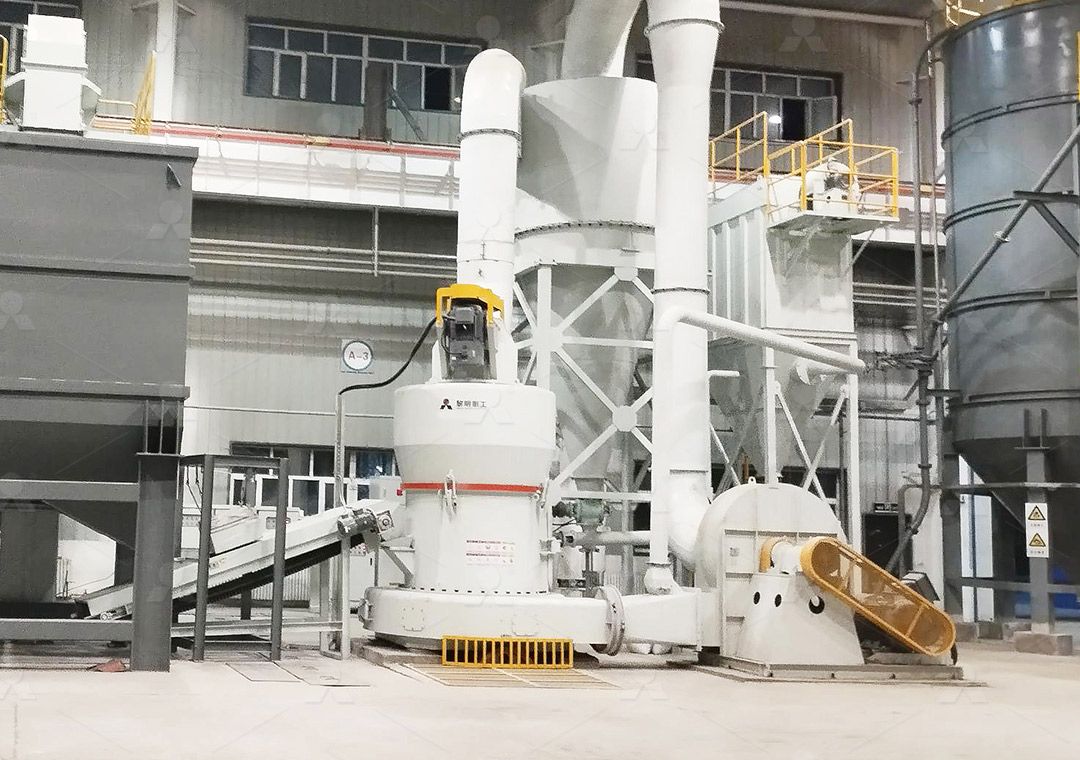Raymond Mill Price in China: Factors and Market Analysis
Raymond Mill Price in China: Factors and Market Analysis
The grinding mill market in China presents a complex landscape where pricing varies significantly based on multiple technical and commercial factors. As industries continue to demand higher efficiency and finer powders, understanding what drives Raymond mill pricing becomes crucial for making informed procurement decisions.
Market analysis indicates that Chinese grinding mill manufacturers have been focusing on technological innovation while maintaining competitive pricing structures. The Raymond mill, as a fundamental grinding solution, has evolved substantially from its original design, incorporating advanced features that impact both performance and cost.

Key Factors Influencing Raymond Mill Pricing
Several critical elements determine the final price tag of Raymond mills in the Chinese market. Raw material costs, particularly the quality of steel used in grinding rollers and rings, account for approximately 30-40% of the total manufacturing cost. The recent fluctuations in global steel prices have directly impacted equipment pricing across the board.
Technical specifications significantly affect pricing. Mills designed for higher capacity (typically above 5 tph) command premium prices due to their reinforced structures and more powerful drive systems. Similarly, mills capable of producing finer powders (below 325 mesh) incorporate advanced separator technology that adds to the manufacturing cost.
Energy efficiency has become a major pricing differentiator. Mills with optimized grinding curves and efficient transmission systems may carry a 15-25% price premium but offer substantial operational savings through reduced power consumption. The growing emphasis on environmental compliance has also led to integrated dust collection systems becoming standard, adding to the base cost but providing long-term operational benefits.
Market Trends and Competitive Landscape
The Chinese grinding mill market has seen consolidation among major manufacturers while witnessing the emergence of specialized producers focusing on particular industry segments. This dynamic has created a tiered pricing structure where established brands command higher prices based on reliability and after-sales support.
Recent market analysis shows increasing demand for ultra-fine grinding solutions across multiple industries. While traditional Raymond mills remain popular for standard applications, manufacturers are developing advanced alternatives to meet evolving customer needs.

For operations requiring superior fine powder production, our MW Ultrafine Grinding Mill represents a significant technological advancement. With an input size of 0-20 mm and capacity ranging from 0.5-25 tph, this equipment is engineered for customers needing to produce ultra-fine powder efficiently. The innovative design features higher yielding with lower energy consumption – achieving 40% higher production capacity than jet grinding mills while using only 30% of the energy. The adjustable fineness between 325-2500 meshes, combined with its environmentally conscious operation through efficient pulse dust collection, makes it an excellent investment for forward-thinking operations.
Technical Considerations in Price Evaluation
When comparing Raymond mill prices, buyers should carefully assess the total cost of ownership rather than just the initial purchase price. Maintenance requirements, spare part availability, and operational efficiency significantly impact long-term profitability.
The grinding chamber design directly affects both performance and maintenance costs. Advanced models eliminate rolling bearings and screws within the grinding chamber, preventing common failure points and reducing downtime. This design philosophy is evident in our MW Ultrafine Grinding Mill, where the absence of internal bearings and screws eliminates concerns about bearing damage or loose screw-related machine failures.
Another critical factor is the powder separation system. German-developed cage-type powder selectors, as implemented in our premium models, provide superior separation precision compared to conventional systems. The multi-head cage-type powder selector can be configured according to specific production requirements, ensuring optimal performance across different applications.

For operations seeking vertical grinding solutions, our LUM Ultrafine Vertical Grinding Mill offers another sophisticated alternative. With input size of 0-10 mm and capacity of 5-18 tph, this mill integrates ultrafine powder grinding, grading and transporting in a single system. The unique roller shell and lining plate grinding curve design generates material layers more effectively, enabling high rates of finished products through single-pass powder milling. The double position-limiting technology ensures operational stability, while the reversible structure simplifies maintenance procedures.
Future Outlook and Investment Strategy
The Chinese grinding mill market is expected to continue its technological evolution, with digitalization and automation becoming standard features. Mills with PLC control systems and remote monitoring capabilities are gradually becoming the industry norm, though they currently command price premiums of 10-20% over conventional models.
Environmental compliance costs are also influencing pricing structures. Mills equipped with comprehensive dust collection and noise reduction systems, while more expensive initially, provide regulatory compliance and community relations benefits that justify their additional cost.
Frequently Asked Questions
Q: What is the typical price range for a Raymond mill in China?
A: Pricing varies significantly based on capacity and specifications, ranging from $20,000 for basic models to over $100,000 for high-capacity units with advanced features.
Q: How does the MW Ultrafine Grinding Mill compare price-wise to traditional Raymond mills?
A: While carrying a 20-30% premium over standard Raymond mills, the MW Ultrafine Grinding Mill offers substantially better energy efficiency and higher production capacity, resulting in lower operating costs per ton.
Q: What warranty and after-sales support can be expected?
A: Reputable manufacturers typically offer 12-24 month warranties with comprehensive technical support and original spare parts availability.
Q: How important is energy consumption in total operating costs?
A: Extremely important – energy typically accounts for 40-60% of total operating costs, making efficient mills like the MW series economically advantageous despite higher initial investment.
Q: Can these mills handle materials beyond the standard limestone and calcite?
A: Yes, advanced models are engineered for various materials including dolomite, petroleum coal, gypsum, barite, and specialized applications in chemical, paint, and cosmetic industries.
